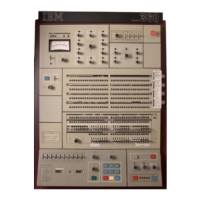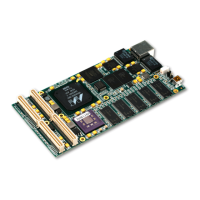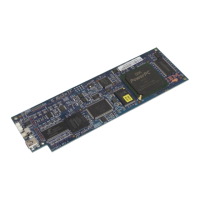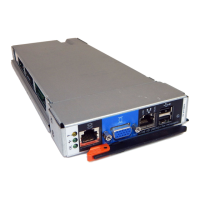Also, if ETMODE is set on, the following are valid DBCS variable names, where <
represents shift-out, and > represents shift-in, ‘.X’, ‘.Y’, and ‘.Z’ represent DBCS
characters, and lowercase letters and numbers represent themselves.
<.X.Y.Z> number_<.X.Y.Z> <.X.Y>1234<.Z>
Variable Values
The value of the variable, which is the value the variable name represents, might be
categorized as follows:
v A constant, which is a number that is expressed as:
An integer (12)
A decimal (12.5)
A floating point number (1.25E2)
A signed number (-12)
A string constant (' 12')
v A string, which is one or more words that may or may not be enclosed in
quotation marks, such as:
This value is a string.
'This value is a literal string.'
v The value from another variable, such as:
variable1 = variable2
In the above example, variable1 changes to the value of variable2, but
variable2 remains the same.
v An expression, which is something that needs to be calculated, such as:
variable2 = 12 + 12 - .6 /* variable2 becomes 23.4 */
Before a variable is assigned a value, the variable displays the value of its own
name translated to uppercase. In the following example, if the variable new was not
assigned a previous value, the word "NEW" is displayed.
SAY new /* displays NEW */
Exercises - Identifying Valid Variable Names
Which of the following are valid REXX variable names?
1. 8eight
2. $25.00
3. MixedCase
4. nine_to_five
5. result
ANSWERS
1. Invalid, because the first character is a number
2. Valid
3. Valid
4. Valid
5. Valid, but it is a reserved variable name and we recommend that you use it only
to receive results from a subroutine
Using Variables
Chapter 3. Using Variables and Expressions 27

